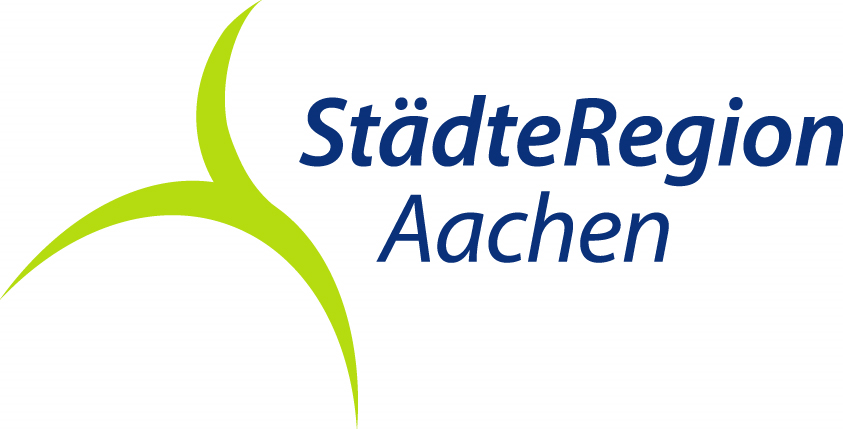Dorfrundgang Woffelsbach
We start at the chapel, which was built in 1911 and is dedicated to St. Wendelinus the Confessor. To the left, we see a small, graceful quarry stone building: the old school. It was built in the middle of the 19th century from local quarry stone and is now used as a kindergarten. We now turn right and after a few meters turn into Hövelchenweg, from where we have a beautiful view of the village and the hillside opposite.
It's hard to believe. In the first half of the last century, the part of Woffelsbach that we see to our left was barely inhabited. At that time, orchards stretched across the entire slope. Due to the hillside location and the rather dry soil, potatoes and rye could also thrive here. For the inhabitants, however, the fruit in particular was a welcome source of extra income. The people of Woffelsbach sold their coveted produce in the surrounding mountain villages, where cultivation was less promising due to the harsher climate, even as far away as Aachen.
Now we turn left and take the steps down to Oberhausener Straße, where we immerse ourselves in a piece of Woffelsbach history. Just after the last step, there is an old cross to our left. The metal body dates back to the 19th century. Quaint, angular courtyards, some of which are listed buildings, now line our path. Friends of old half-timbered houses will get their money's worth here. The house at number 9 is the oldest in Woffelsbach. Parts of it date back to 1691 and it still has its quarrystone well. After leaving another flight of steps behind us, we come to the Promenadenweg. The fact that Woffelsbach is a popular vacation resort can be seen from the well-kept campsites in the bay. The heart of Woffelsbach is the "Neue Mitte". The area was completely redesigned in 2013. In addition to a traffic circle, steps were created and the Wolfsbach stream was renaturalized.
Since 2014, a youth holiday village has been attracting young guests with an exciting nature education program. Here, children and young people learn about togetherness and nature, for example by building rafts together or enjoying an evening campfire. Since 2015, sun-seekers have not only been able to get a tan on the terraces in Woffelsbach Bay, but also officially swim in the lake. Woffelsbach now finally has its own bathing area - a privilege that was previously only reserved for Einruhr and Rurberg residents.
From the side path, which we reach via Wendelinusstraße, we enjoy the impressive landscape with the lake and the wooded slopes that frame it. Even though the sailing boats have left at the end of the summer, the landscape is a delight even in fall and winter. Where the side path leads away from the lake, we see a house with strange little doors to the right of the road. They remind us of a time when there weren't so many sailing boats. Instead, vacationers used canoes, which were then stored here. At the end of the side path, we turn into Wendelinusstraße, which we will follow to the starting point. We walk uphill past old orchards. A colorful beehive shines in the hillside. We recognize that we are now on the old village street by the numerous half-timbered houses. At the highest point of Wendelinusstraße is a small chapel with a cross dating from 1861, which invites us to linger. Now it's downhill again. After crossing the Wolfsbach stream, from which the village takes its name, we pass the clubhouse of the "Rurseeklänge" music association and the old school and continue uphill to the church.











